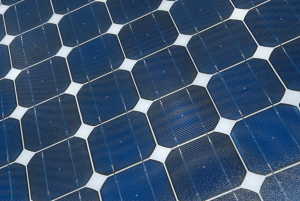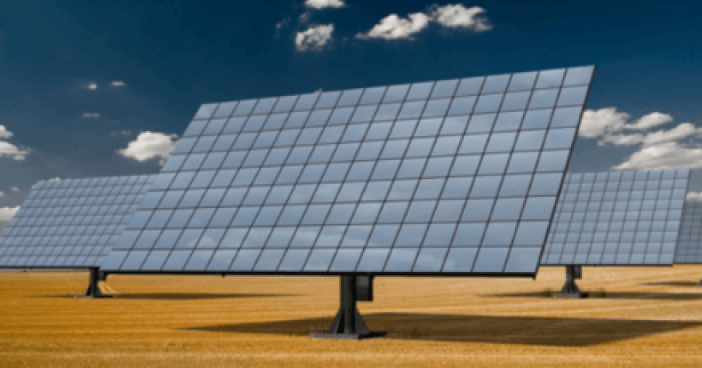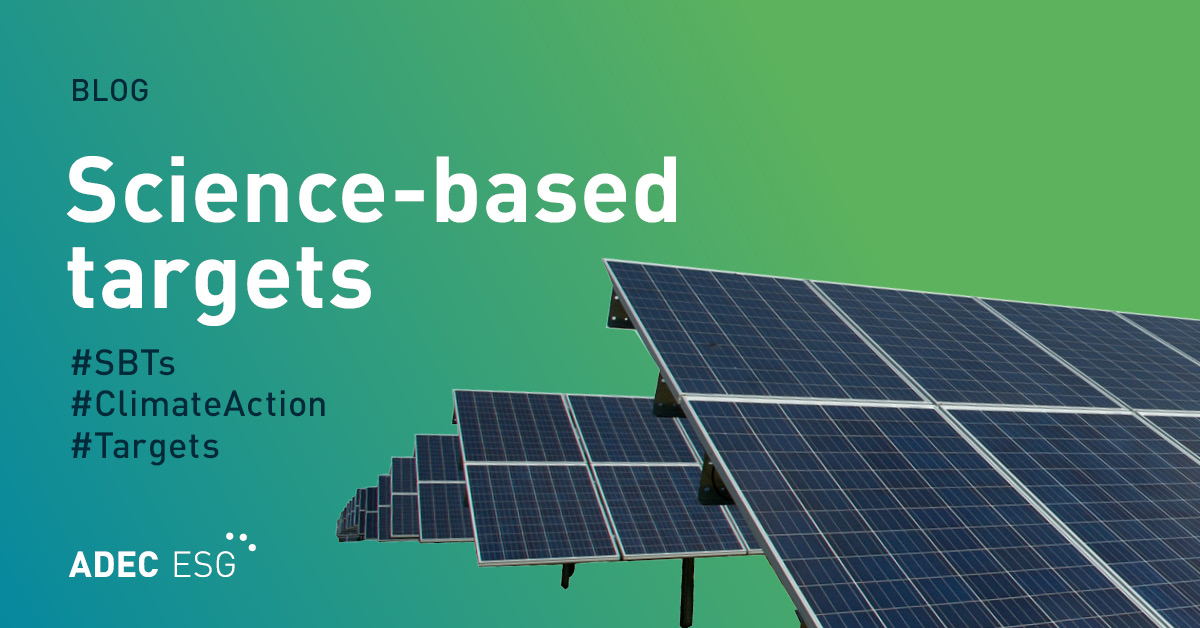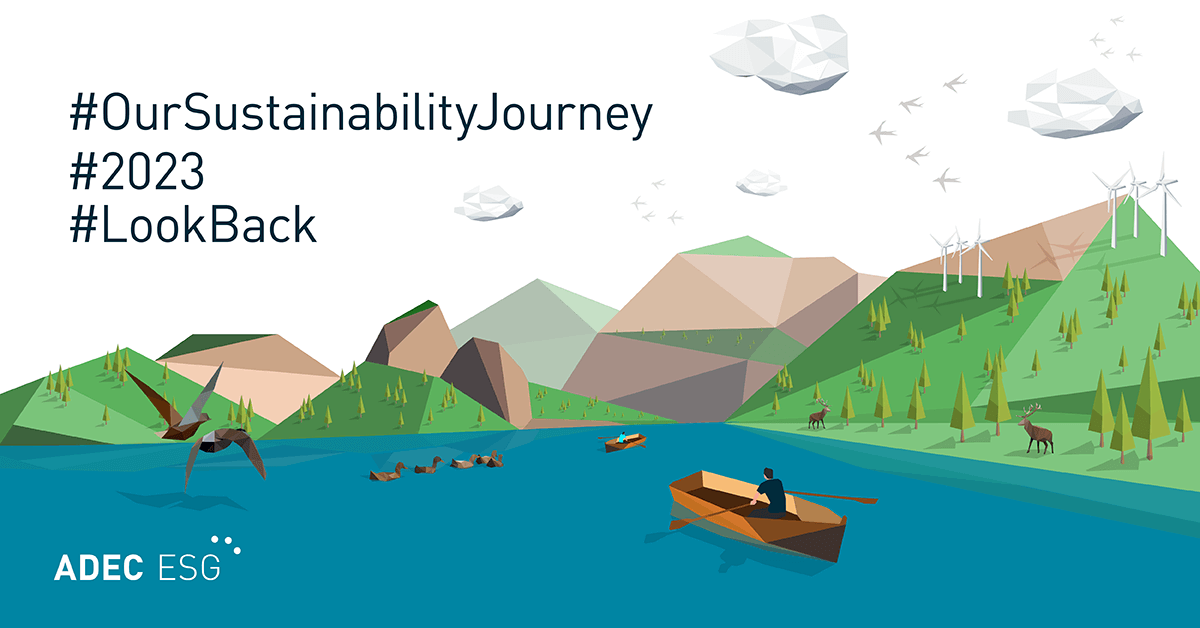As detailed in the Leadership in Energy and Environmental Design (LEED) reference guide for Green Building Design and Construction (click here for the free 2009 version), use of renewable energy in lieu of fossil fuel-based energy can dramatically improve outdoor environmental quality. Generating renewable energy on-site is an excellent way to reduce the negative environmental impacts associated with a building’s energy use.
Use of on-site renewable energy systems such as solar panels can be used to offset building energy costs. Solar panels can be added to the roofs of existing structures such as commercial/office buildings and residences or can be free-standing as seen in the picture below.
How Solar Works 
How a PV cell makes electricity
Under the sun, a photovoltaic cell acts as a photosensitive diode that instantaneously converts light – but not heat – into electricity.
Cell Layers
A top, phosphorus-diffused silicon layer carries free electrons – un-anchored particles with negative charges. A thicker, boron-doped bottom layer contains holes, or absences of electrons, that also can move freely. In effect, precise manufacturing has instilled an electronic imbalance between the two layers.
Sun Activation
-
- Photons bombard and penetrate the cell.
- They activate electrons, knocking them loose in both silicon layers.
- Some electrons in the bottom layer sling-shot to the top of the cell.
- These electrons flow into metal contacts as electricity, moving into a circuit throughout a 60-cell module.
- Electrons flow back into the cell via a solid contact layer at the bottom, creating a closed loop or circuit.
(The above ‘How Solar Works’ section was directly quoted from SolarWorld)
Cost savings of on-site renewable energy
As described in the LEED reference guide, using on-site renewable energy technologies (such as solar panels) can result in cost savings. Utility rebates may be used to reduce the initial costs of renewable energy equipment. The initial costs of installing or providing for on-site renewable energy sources can be offset by future energy cost savings. Some states allow for net metering, in which case the excess energy generated is sold back to the utility.
Panel Mounting Systems
There are four primary mounting systems for solar panels: solar trackers, fixed rack, ground mounted, and roof mounted, each of which is described briefly below.
Solar Tracker System
Solar trackers allow for the panels to track the movement of the sun as it moves from East to West. The panels are tilted towards the sun to provide maximum exposure of the surface area to sunlight. Solar trackers have passive and active trackers. Pasive trackers utilize the heat of the sun to guide/move the tracker. These trackers use compressed gas/fluid with a low boiling point. As this is driven from one to the other by the heat, the tracker moves in a see-saw type motion causing the panels above to “follow” the sun. On the other hand, active trackers use a motorized system that is directed by a controller that monitors the movement and position of the sun and tilts the trackers accordingly. (The Solar Company)
Fixed Rack System
With the fixed rack solar panel system, the panels remain stationary and capture the sun’s rays as the sun travels across the sky. There are no moving parts for this set-up making it very low-maintenance.
Ground Mounted System
Solar power systems which are ground mounted include solar panels which are held in place by racks or frames and are attached to ground mounted supports.
Ground based mounting supports include:
- Pole mounts, embedded into the ground or concrete.
- Foundation mounts, (i.e. concrete slabs or footings)
- Ballasted footing mounts (i.e. bases that use weight to secure the solar panel system in position)
Roof Mounted System
Roof mounted solar panel systems consist of solar panels that are held in place by racks or frames which are attached to roof-based mounting supports.
Although the installation of solar panels on a residence or commercial building has an initial cost, over time the savings in electricity cost can off-set the initial costs of the purchase and installation of solar panels.
Look into how an energy management consultant can assist you with making a home or business a more efficient space or click the link below to speak to one of FirstCarbon Solutions’ energy consultants.





